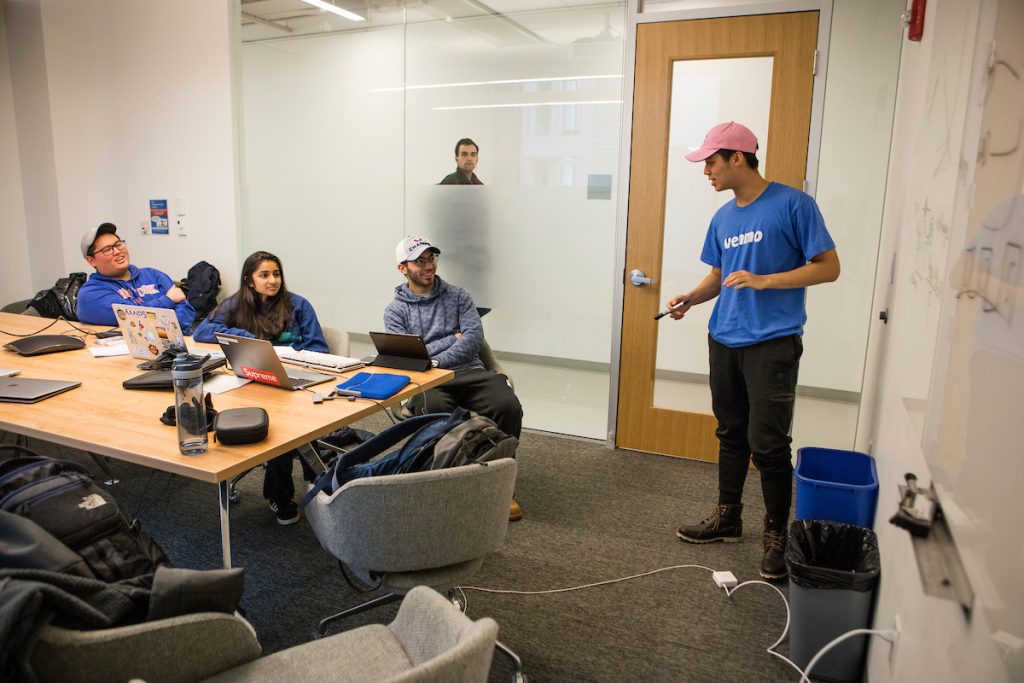
Some of the benefits for students participating in a discussion-based class include enhanced long-term retention of information, greater student motivation to learn beyond the formal curriculum, improved student ability to apply information within novel settings, and generalized improvement in students’ communication and reasoning skills. Facilitating an effective discussion, however, can be challenging and requires trying new strategies as well as practice. Some key elements to consider when planning a discussion include 1) Ground rules, 2) Intentional preparation, 3) A strong start, 4) A continuous flow that stays on point, 5) Full participation by each student in the class, 6) A concise wrap-up.
Getting Started
Establish ground rules
- Have the class come to consensus on the shared expectations in a discussion (eg. confidentiality, listening with an open mind, no interrupting, etc.)
- Ask the students for a show of hands to agree on the ground rules
- Post the ground rules in the class
Prepare how you want to structure the discussion
- Decide whether to have an open discussion, a debate, or use role play to explore different aspects of a topic
- Prepare a list of discussion points and a list of questions to use if the discussion stalls
- Consider how to integrate any comments that students send in before the class
- Assign one or two students to act as scribes to record salient points
Plan a strong start
- What are you doing to use to start the discussion – it could be a big picture question or statement related to the articles, a recent headline, a provocative statement, a short video-clip, an activity
- If you have regular discussions in your class, try to change the way you start
- Clarify the roles at the start that each person in the discussion plays
Maintain a flow that stays on point
- Notice the extent to which you are listening to new points being raised, and following-up on people’s opinions
- Keep new questions in reserve to keep the discussion going and on track as needed
- Be sure to allow time for students to think about the question posed
- Continually ask and encourage others to generate questions during discussion
Ensure full participation
- Find ways to encourage different students to voice their opinions
- Make sure that no one monopolizes the discussion
- Since some students need time to process thoughts before a discussion, allow time for students to make notes for themselves
End with a concise wrap-up
- Leave time at the end (5 min) to close the discussion
- Summarize the take-home message/s, different views and new questions raised during the discussion
- You may also want to spend a few minutes to reflect on how the discussion went and on what worked or did not work
- Classroom discussions can be continued online
See More
How can I manage difficult dialogues in my class?
Additional Resources
- Cashin, W.E. (2011). IDEA Paper 49: Effective Classroom Discussions.
- Li-Shih Huang. (2005). Fine-Tuning the Craft of Teaching by Discussion. Business Communication Quarterly, 68(4), 492-500.
- Jones, R.C. (2008). The “Why” of Class Participation: A Question Worth Asking. College Teaching, 56(1), 59-63.
- DeLoach, S.B., & Greenlaw, S.A. (2007). Effectively Moderating Electronic Discussions. Journal of Economic Education, 38(4), 419-421, 423, 425-434.
- Crone, J.A. Attaining More and Greater Depth of Discussion in the Undergraduate Classroom.
